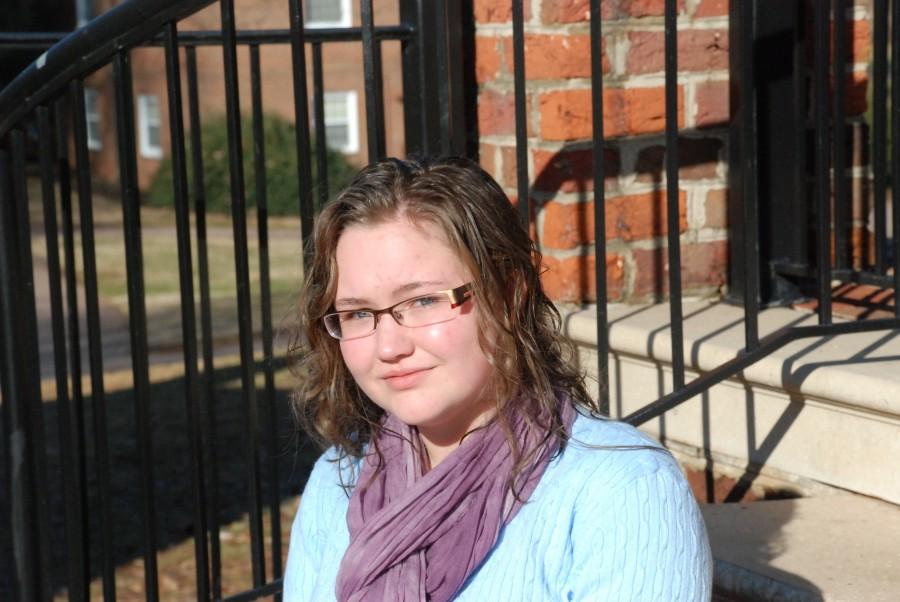During my first semester at Guilford, I took Honors Accelerated Calculus. As much as I enjoyed and felt challenged by the class, sometimes it felt overwhelming.
Our class consisted of two men and three women, and as the class went on I began to notice a divide. In general, the girls in our class, myself included, participated much less in class, especially as time went on. I personally felt increasingly intimidated by the class, and though I have no way of knowing for certain, it seemed the other two girls shared my feelings.
According to a study by psychologists Jane Stout, Nilanjana Dasgupta, Matthew Hunsinger, and Melissa A. McManus of the University of Massachusetts, this may be more than a coincidence.
The study found that more female students answered questions in math or science classes with female professors by the end of the semester, despite beginning the semester with slightly more female students answering questions in classes with male professors than female.
Additionally, 12 percent of female students approached both their male and female professors for help at the beginning of the semester; by the end of the semester, classes with female professors had a slight increase in this category, but in classes taught by male professors, zero female students approached the professors.
“(The study) found that women ended up with less confidence in their mathematical abilities when their teachers were men rather than women,” said an article by Slate. “This happened even when women outperformed men on actual tests of math performance.”
In my experience, I found this to be true. I know that by the end of the semester I felt extremely frustrated and unsure of my mathematical abilities, despite making a good grade in the class overall.
At Guilford, male mathematics full-time professors outnumber their female counterparts 5-0. However, this is not a Guilford-exclusive problem; such disproportion is also true of UNC Greensboro and schools across the nation.
Unfortunately, it seems this is the product of a perpetuating cycle, according to Slate. Because there are fewer female math teachers or professors, fewer women are interested in mathematics, so the number of professors does not increase.
“These experiments suggest that subtle and unconscious factors skew the ‘free choices’ we make,” said an article inSlate. “The career choices of men and women are affected far more by discrimination than by any innate differences between men and women.”
However, Slate adds, “overt sexism does not explain these findings.”
This is generally not a case of purposeful sexism from male professors towards female students. I can attest, and I’m sure many other women in mathematics courses would agree, that I have never experienced any sexism or evidence of male professors preferring male students in the math department.
Still, I believe internalized sexism exists and makes it challenging for women to enjoy math and science. The most harmful part is that many do not realize this could be part of the problem, instead believing that they are simply not interested in math or science. Unfortunately, this perpetuates stereotypical gender roles which leads to a cycle of women who do not pursue careers in math or science.

